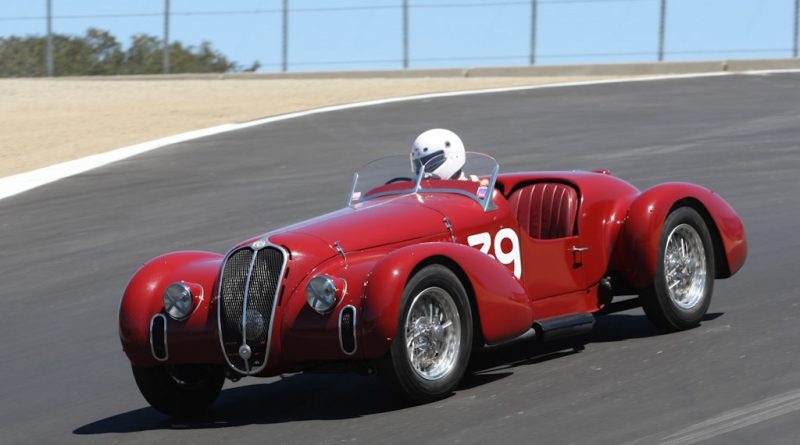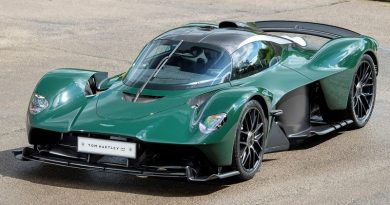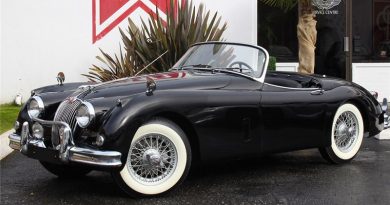1939 Alfa Romeo 6C 2500 SS Corsa Spider
Introduced in 1939, the Alfa Romeo 6C 2500 was the result of over a decade of gradual development of the ‘6C’. Starting in 1927 with the 6C 1500, the six cylinder engined machines had served as Alfa Romeo’s main production model but also scored numerous competition successes. The 6C 2500 would remain in Alfa’s line-up until 1952 and is to this day regarded as one of the company’s finest cars.

Basis for the 6C 2500 came from the 6C 2300B which was launched in 1934 and became Alfa’s sports car of choice by having a full range of variants. Although not being supercharged, competition models raced with success and contributed to Alfa’s already high profile in motor sports. Race wins by the 6C 2300 at events like Pescara motivated Alfa to develop more sporting versions, and the Tipo 256, so called for its 2.5-liter, 6-cylinder engine was the best.
For the 1939 season, Alfa they turned to their 6C 2500. Alfa engineer Bruno Treviso enlarged Vittorio Jano’s original DOHC six cylinder engine to 2443cc. The competition version featured a robust seven main bearing crankshaft, an improved cylinder head and a 7:1 compression ratio. These changes were included on the Super Sport (SS) chassis which had the shortest wheelbase for nimble handling and a triple carburetor engine capable of 105 bhp.

All the competition cars were built up from the existing 2300B SS chassis. This was independently sprung on both front and rear suspension and was built by Alfa Corse in Milan, an entity of Alfa Romeo. Ferrari was the head of Alfa Corse but also maintained Scuderia Ferrari in Modena which offered support for many of the racing 6Cs. Infact, the Scuderia had the necessary tools to increase the engine power from 105 to 120 bhp.
Bodywork for the Corsa cars were usually limited to Touring of Milan who initially made a run of Corsa Spiders for the 1939 Tobruk-Tripoli which were raced alongside two special Ala Spessa bodies. These were ‘broad wing’ bodies that were loosely based around the 2900B MM and, while heavier than the standard body, were thought to be more aerodynamically efficient. Like all aerodynamic cars before the 1960s, Touring relied on intuition to shape the Ala Spessa and Spider Corsa.

A majority of the 6C 2500s produced were clothed by Touring of Milan. The designs of their bodies evolved much faster than Alfa Romeo’s chassis, making it very easy to distinguish the pre and post-War machines. The most famous is no doubt the two-door coupe that won the 1949 Concorso d’Eleganza Villa d’Este and was subsequently known as the Villa d’Este Coupe. Another body of note was the ‘Freccia d’Oro’ introduced in 1947. This large two-door coupe was welded to the chassis and was a precursor to the unitary chassis that would soon become the norm.

Unfortunately the Spider Corsa’s racing career was cut short with the onset of war. In total around 17-19 Tipo 256s were manufactured and no Corsa Spider bodywork survived. This creates a problem for owners with butchered cars and also people that want to replicate the design. As a result many 2300/2500 chassis currently recreate the Spider Corsa bodywork but are missing the subtle details of Touring’s original work.




